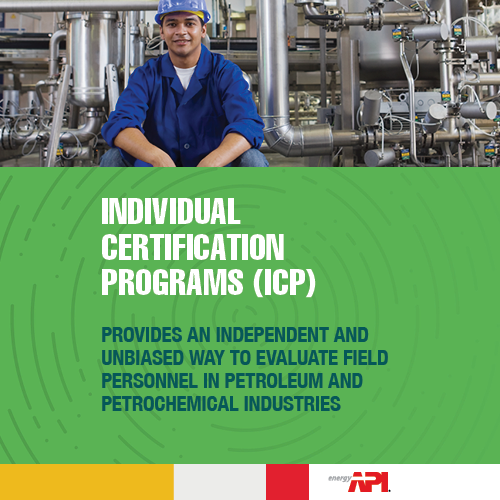Quality Control of Refractory
The quality control process for the installation, inspection, testing, and repair of refractory linings can be broadly divided into three separate phases: those activities that occur prior to installation, during installation, and after installation. Each of these phases contain numerous subcomponents that will be described in pages that follow.

API 936 also provides a table that summarizes the key quality control elements, as well as the actions and objectives associated with each element. The table is provided below for reference and can be found in Section 4 of the Standard.
| Elements | Actions | Objectives |
| Documentation (see 5.1.1 and 5.2.1) | Owner specification and/or contractor execution plan. | Define job-specific work scope. |
| Material qualification (see 8.2) | Testing at independent or manufacturer’s laboratory. Inspector directs sampling, monitors specimen preparation and witnesses testing. | Confirm that materials manufactured for the job meet the specified physical property standards. |
| Applicator qualification (see 8.3) | Contractor demonstration of capabilities in simulated installation which is witnessed and inspected by the inspector. | Confirm that equipment and personnel are capable of installing qualified materials to specified standards. |
| Installation monitoring (see Section 9) | Inspector monitors contractor work and test sample preparation. | Confirm that specifications, good practice and installation procedures are followed. |
| As-installed testing (see 8.4) | Inspector coordinates sampling and testing of as-installed materials. | Confirm that installed materials meet specified physical property standards. |
| Pre-dryout inspection (see 5.3f) | Inspector performs visual/hammer test inspection of applied linings. | Confirm that installed linings meet specification standards. |
| Dryout monitoring (see Section 10) | For dryout prior to normal startup of equipment, the inspector monitors heating rates and hold times. | Confirm that agreed upon procedure is followed. |
| Post dryout inspection (see 5.3f) | Inspector performs visual/hammer test inspection of applied linings. | Confirm that installed linings meet specification standards. |
| NOTE: When an independent laboratory is utilized or the contractor assumes complete accountability for as-installed testing results, inspector participation may be waived or reduced by the owner. | ||
Roles and Responsibilities
A variety of parties are involved in the refractory life cycle, including owners, contractors, suppliers, and manufacturers. Each of these parties have numerous important roles and responsibilities in the QA/QC process.
- Owners, as the name suggests, own the equipment or components that will be subject to refractory installation or repair. They are responsible for preparing detailed specifications for lining products, anchor materials, curing and dryout procedures, and other important requirements. They also provide quality requirements such as material qualifications, installation methods, sampling frequencies, and required lining thickness tolerances. Finally, owners are responsible for resolving exceptions, substitutions, or deviations to requirements, conflicts, or work deficiencies discovered and submitted by inspectors.
- Contractors are responsible for installing refractory in the owner's equipment. As such, they should prepare, submit, and execute a detailed execution plan in accordance with API 936 as well as the owner’s provided standards. They should submit any exceptions, substitutions, and deviations to the requirements of said plan to the owner for approval. Ultimately, since contractors are responsible for the execution of installation work, it is their responsibility to provide any and all pertinent documentation and records.
- Inspectors are contracted or designated by owners and are responsible for monitoring refractory testing and installation work performed by contractors and manufacturers.
- Manufacturers are responsible for blending the refractory products at the refractory manufacturing plant, providing compliance datasheets along with material that meets the requirements of such datasheets, and providing any other documentation that is required by the owner.
The above definitions are summarized versions of a much larger body of roles and responsibilities. We recommend referring to Section 5 of API 936 for a full list of responsibilities.
















